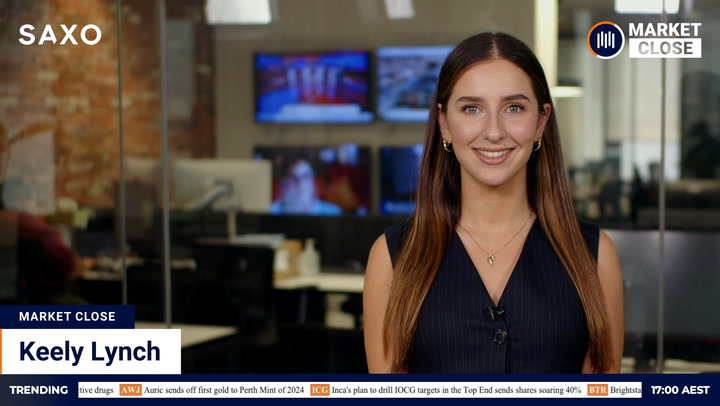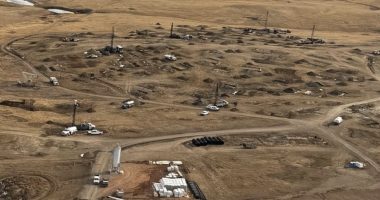The Australian Bureau of Statistics has released its latest unemployment data for August, showing the rate remained steady at 3.7 per cent.
The last data we received for July reflected the same 3.7 per cent reading, and the ABS noted at the time that school holidays were possibly skewing the data, as unemployment tends to increase slightly during these periods in the Australian economy.
At face value, it appears that this may not have been the case – rates have remained 0.2 points higher than June for a second month.
However, an unemployment rate of 3.7 per cent is still historically low, and the 0.2 per cent increase is likely not enough to reassure those who believe unemployment must rise for inflation to cool.
“The labour market has slackened ever so slightly … but overall, it is tracking sideways in a very tight position,” Oxford Economics Head of Macroeconomic Forecasting Sean Langcake said.
“The labour market will eventually cool as activity softens. But today’s data neither confirm nor deny whether this process has begun in earnest.”
But not all pundits are interpreting Thursday’s data as cautionary.
“It’s certainly not the worst set of employment numbers I’ve seen. Sure, unemployment remained at 3.7 per cent, but still low by historical standards,” City Index Senior Market Analyst Matt Simpson said.
“… these figures aren’t likely to move the dial for the RBA who’ll likely hold rates again in October.”
Interestingly, international data giant Roy Morgan has long maintained a “Real Unemployment Rate” for Australia, and earlier this month, it calculated that the actual unemployment rate in Australia sits at 11 per cent.
Roy Morgan defines unemployment as anyone who reports they are “looking for work,” with little regard paid to other circumstances – for this reason, analysts can be hesitant to use this metric.
Questions do remain about Australia’s unemployment data, namely, if high employment keeps inflation hot, then why is it going down?
Regardless, employment increased by 65,000 jobs, and the number of unemployed Australians actually fell by 3000.
An increase in the participation rate could be the source of the rise in the unemployment data.
“The participation rate also increased, up to a record high of 67.0 per cent in August, which, together with the high employment-to-population ratio, continues to reflect a tight labour market,” ABS Head of Labour Statistics Bjorn Jarvis said.
“The large increase in employment in August came after a small drop in July, around the school holiday period.
“Looking over the past two months, the average employment growth was around 32,000 people per month, which is similar to the average growth over the past year.”
So, is unemployment directly tied to inflation, as orthodox macroeconomics theory suggests? That remains a philosophical question, whether or not economists want to admit it.
We’ll just have to wait for Australia’s next set of inflation data – which, given tradition, is likely to mirror an overnight rise in the US on the back of fuel prices.






